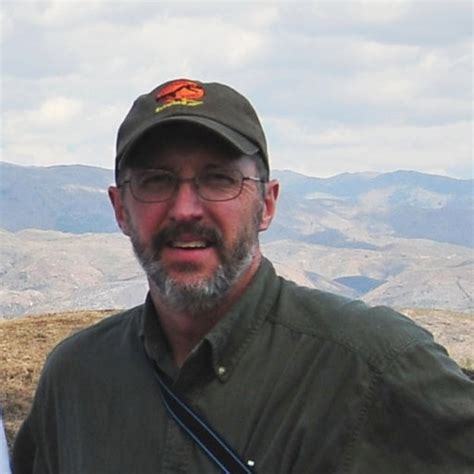Peter Wampler, Grand Valley State University – Water Treatment in Haiti
On Grand Valley State University  Week: Safe drinking water is a big issue in Haiti.
Week: Safe drinking water is a big issue in Haiti.
Peter Wampler, professor of geology, explores how to make it safer.
Dr. Peter Wampler is a broadly trained environmental geologist, geomorphologist, and surface water hydrologist with a background in both academic and government regulation of mining and storm water. He received a PhD in 2004 for work on human- and climatic-induced changes along the Clackamas River in Oregon. Since joining the faculty at Grand Valley State University (GVSU) in 2004 he has worked with undergraduate and graduate students on applied geoscience research: 1) evaluating GVSU’s storm water runoff footprint and assisting in designing Best Management Practices (BMP) for GVSU (www.gvsu.edu/stormwater); 2) investigating water resources, water treatment, and groundwater contamination pathways in rural Haiti (www.gvsu.edu/haitiwater); 3) evaluating human impacts to river systems resulting from dams and other structures and 4) Using Geographic Information Systems (GIS) to create household radon hazard maps for Michigan using geologic data. He has travelled to Haiti numerous times since 2007 to work on water resources issues and safe-water interventions. Since 2016, He has led three groups of GVSU students on a 4-week study abroad to Haiti where students engage in service learning projects, ecotourism, and water resources investigations (www.gvsu.edu/haitistudyabroad). Beginning in 2019 Dr. Wampler is co-leading a two-year water initiative for GVSU called Making Waves about Water (www.gvsu.edu/makingwaves).
Water Treatment in Haiti
Haiti is often presented in the popular press as the poster child for environmental devastation, poverty, and political unrest. This socio-political drama takes place within a complex geography, geology, hydrology, and water resource context that makes sustainable solutions elusive. One of the greatest needs is for safe drinking water, a need that many non-governmental organizations and government entities are attempting to meet with limited information and data.
Since 2008, I have worked with students and colleagues to better understand water resources and contamination in Haiti; and how the water can be treated to make it safe to drink. We began our research with a simple question, “Are water sources, primarily natural springs, in rural Haiti contaminated with pathogens and bacteria?”
We learned through sampling and bacterial analysis that many of the water sources were unsafe, even those that looked pristine. These disturbing preliminary results took on a new sense of urgency after the cholera outbreak in 2010 as the consequences of drinking untreated water became more deadly.
In 2011, we began to investigate Household Water Treatment (HWT) methods. We were interested in knowing “what water treatment methods people were using and were they effective?” We visited families using biosand filters, a technology that combines sand and beneficial microbes to treat water. We discovered that many families, although they had functioning biosand filters in their homes, were not using the filters due to a lack of trust in the technology, inadequate follow up and support, and lifestyle incompatibility.
Providing safe water for Haitians was clearly a “wicked” problem which required more than technical solutions. In 2012, an interdisciplinary team interviewed 60 families to better understand their perceptions of water contamination and treatment. These interviews revealed that most Haitians have a good understanding of water contamination and treatment but they lack sufficient means to do anything about it.
Our research in Haiti has led to the inescapable conclusion that providing safe and sustainable water for Haitians will require working with, and empowering, local communities with culturally appropriate water treatment methods and the resources to support them.


